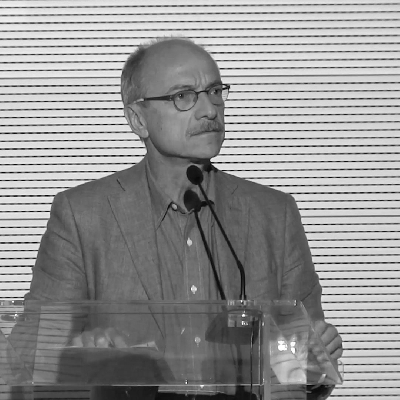
In the case of the Kyoto Protocol, it took over 7 years for the European diplomacy, at the time very insular, to make the agreement enter into force.
Now the situation is totally different, a much tighter schedule is to be expected. A first assessment of the first voluntary objectives by the member states will occur in 2018, in 2020, the agreement will be effective with a five-year revision to improve on the focus of the strategies. According to Todd Stern, Obama’s top climate negotiator, this is a historic breakthrough because it “establishes the first universal regime, rather than a transitional one, on climate.”
Much has been said about weaknesses and strengths of such agreement. The former include the lack of sanctions against countries in case they should not meet their commitments (they were already present in the Kyoto Protocol); too generous deadlines (scientists demand rapid and radical actions); insufficient targets (even if everyone reached the declared objectives, global temperature would still rise by 2.7-3 °C globally compared to the pre-industrial era).
The latter category, that of positive aspects, include the fact that for the first time all governments decided to state the objectives for the protection of climate (in Kyoto only the OECD committed to this); the clause forbidding every country to deny for at least 4 years the signed agreement (in such a way a political change is avoided, able to cause a rapid about-turn); the radical nature of the objectives established (to do our utmost so that the temperature rise does not exceed 1.5 °C by the end of the century).
The positive interpretation of the Paris agreement is exacerbated by strong economic signals. A $100 billion fund has been approved to develop technologies with a low environmental impact in countries with little industrialization. Moreover, in 2015, investments in renewable energies marked a new record, reaching $286 billion, as opposed to 130 billion for fossil fuels.
So – thanks also to the increasingly dramatic evidence of the on-going climate change – the debate is taking for granted the technical aspects of the issue and is concentrating on the political difficulties that could hinder the path to the agreement. For instance, the risk linked to the election of a Republican to the White House in 2017.
But there is a positive aspect that has been neglected, thus risking producing asymmetry in the climate cure: the recovery of tens of billions of tons of wasted matter every year. The concept of renewability cannot be understood as a one-way process: there is a lot – and rightly so – of attention on energy. Little – too little – on matter. Renewable Matter was created just to fill this gap, because in order to regain a climate balance, the attention must be refocused.
The package for a circular economy – presented by the European Commission in a symbolic coincidence with the UN conference on climate – is the opportunity to reduce the delay because the linear economy, even if carried out with a lower use of fossils, is not compatible with the culture and production leap indicated by the Paris challenge. We need to go from disposable energy and the burden of materials to be landfilled to an economy that keeps on recycling energy, matter and intelligence, by creating networks and opportunities for a collective growth. The horizontal development, depending on the involvement of local areas and a fairer distribution of benefits, represents another condition for giving up the highly hierarchical model characterizing the fossil and waste era. It is a global battle but it is fought in each country individually. Getting there first means gaining competitiveness.



